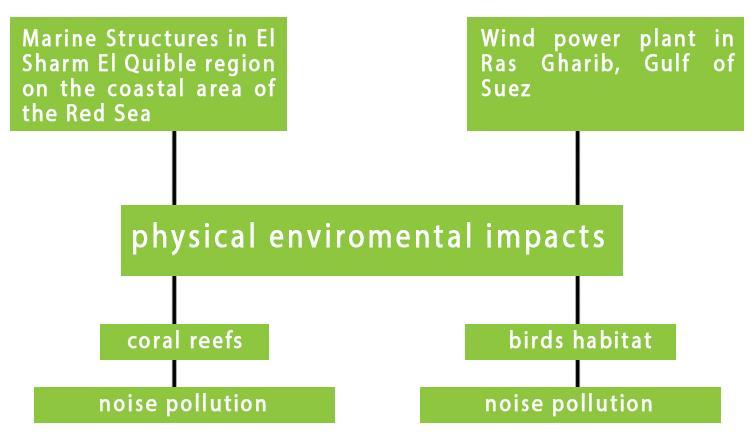
1 minute read
4 .Conclusion
The environmental impact assessment process consists of multistepIprocedure to ensure thatIenvironmental
considerationsIare included in decisionsIregardingIprojects that may impact theIenvironment. Further more
Advertisement
helpsIidentify the possibleIenvironmental effectsIof a certain project activities and howIthose impacts can
beImitigated.
Similary, how it was found on the EIAs established for the two choosen case studies. Both of the EIA
documents focused on identifying certain most likely impacts on the physical environment(8), as wellIas
social, cultural, and healthIimpacts.
Figure 23 example of the enviromental impacts identified (source:developed by author,2020)
The choosen projects were both type grey projects(B) , so they both accourding to the EEAA don’t require
a full EIA report but are most likely to cause severe enviromental impacts . The tools used in the Marine
Structures in El SharmIEl QuibleIregion on the coastal area of the RedISea were checklists while the other
case study focused its impact assesment on conducting a Leopold Matrix .
After identifying certain revalent impacts of the two project. The comprehended EIA reports provided
clarification on how standard EIA tools such checklists and matrices were able to justify which
enviromental impacts could be avoided or neglected and which one are the most essential in terms of
conducting a standard EIA . According To the two tools selected as the aim of study which is the (suitability
of the tool) for the two case studies. it was justified that why certain tool was used in one project and not
the other.




